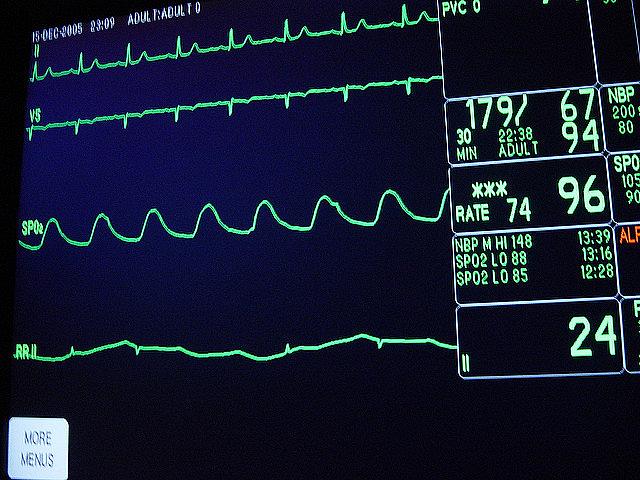The U.S. still gives too many patients too much end-of-life care

U.S. patients were more than twice as likely to spend time in an ICU in their last months of life.
The Journal of the American Medical Association recently published a full issue devoted to “Death, Dying and End of Life.” The two original investigations in the issue are worth thoughtful consideration.
The first, by Justin Bekelman and colleagues, compares end of life interventions for patients with cancer in seven different countries: Germany, Belgium, the Netherlands, Canada, England and Norway.
Surprisingly, the authors found that patients in the United States are less likely to die in a hospital than patients in the other countries. Less surprisingly, patients in the U.S. were more than twice as likely to spend time in an intensive care unit (ICU) in their last months of life.
This important piece of data connects with the findings in the other original investigation in the same issue. Alex Wright and colleagues sought to correlate intensity of care received by cancer patients at the end of life with the perspectives of bereaved family members on the quality of their loved one's death.
Wright and colleagues found an inverse relationship between the intensity of care and the perception by family members that their loved ones received "excellent quality end of life care." Family members were more likely to report a favorable experience if their loved one died out of a hospital, with hospice, and without ICU care in the last 30 days of life.
Putting these conclusions together, it seems that while the U.S. is making strides towards avoiding more in-hospital deaths, we are still exposing far too many patients to an intensity of care at the end of life that leaves their family members with additional grief and regret.
In an accompanying editorial in the issue, Atul Gawande reflects that these findings make plain a need for all physicians, not just palliative care specialists, to become skillful in eliciting patients’ end-of-life preferences and creating care plans that are in line with the wishes of patients and their families.
[Photo by brykmantra via Flickr.]


